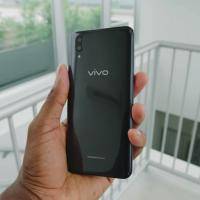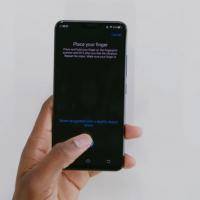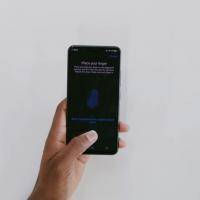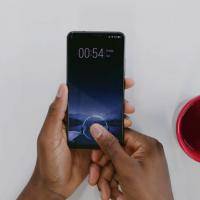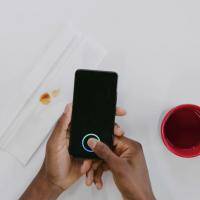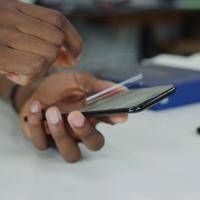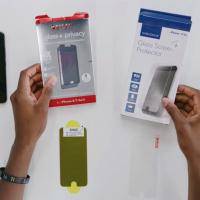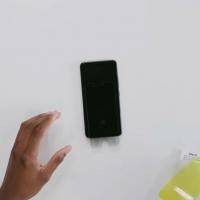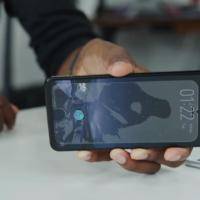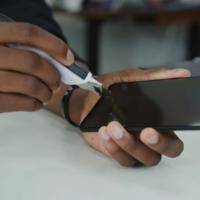
We’re normally interested in durability tests and speed tests but for now, here is an interesting video that tells us the limits of the new Vivo X20 Plus UD. In case you’ve been living under a rock, Vivo has launched the first commercial phone with an in-display fingerprint sensor. The Chinese OEM beat Samsung after years of development. The follow-up model, Vivo X21 UD, is already in the works and we have a feeling those future Vivo smartphones will make use of the technology. It’s not perfect yet but it definitely works.
Industry watchers are curious about Vivo X20 Plus UD’s in-glass fingerprint sensor. If this really works, then we can expect the technology to be available in future phones from other OEMs.
Vivo’s in-glass fingerprint sensor works for both right and left fingers. Marques Brownlee tested the limits of the smartphone by setting up different scenarios where a regular mobile phone user would be using the phone and then unlocking from the front display.
Watch the video below:
As with most smartphones today, the Vivo X20 Play UD doesn’t respond to a wet fingerprint. The phone is also compared to an iPhone and the two basically have the same results.

From a wet finger, dip it on some sauce. The result? A saucy finger doesn’t work. How about dust on the screen? It doesn’t work immediately.
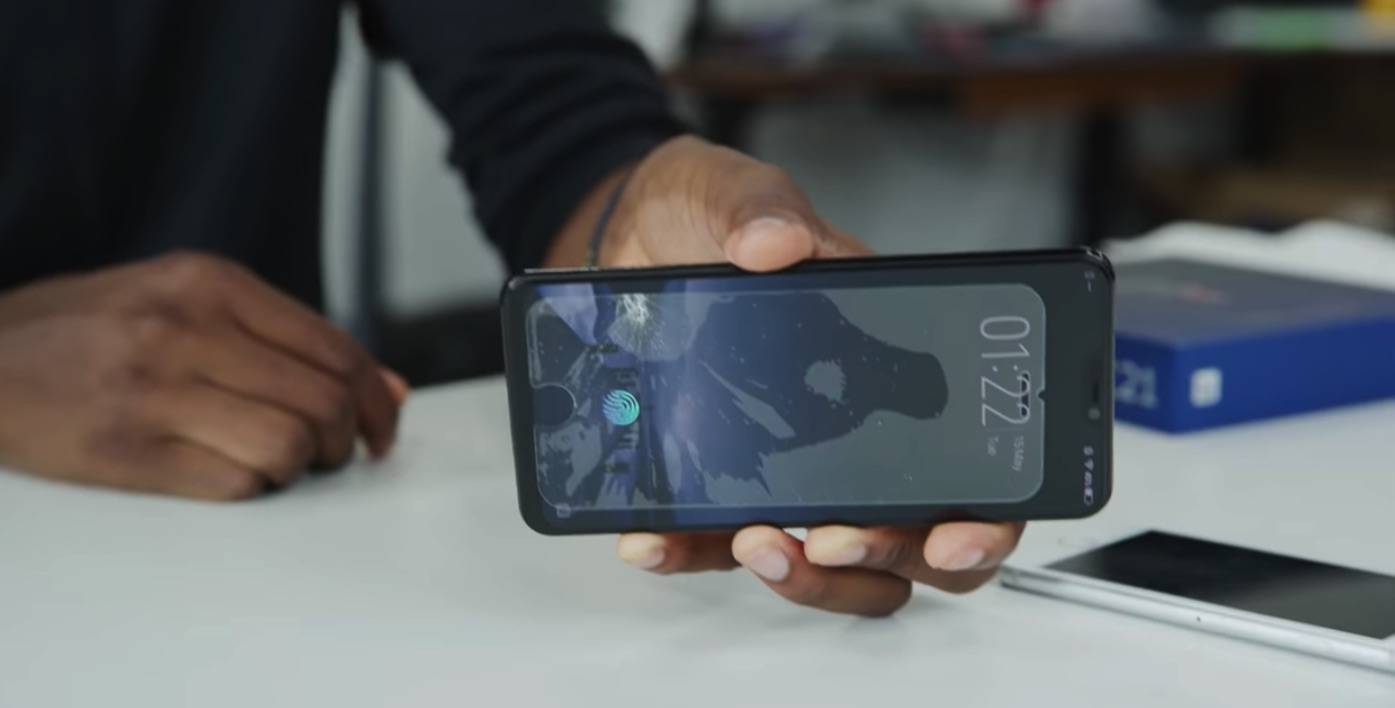
Will the phone activate even with a protective screen protector? Yep, even if it’s a regular cover or tempered glass.

A scratched screen still works. Even when the front glass is scratched with a razor and sandpaper, the sensor still works.
Our verdict? Really good for a first-gen phone offering with that in-glass fingerprint sensor. The future is bright for this particular technology.
SOURCE: Marques Brownlee



